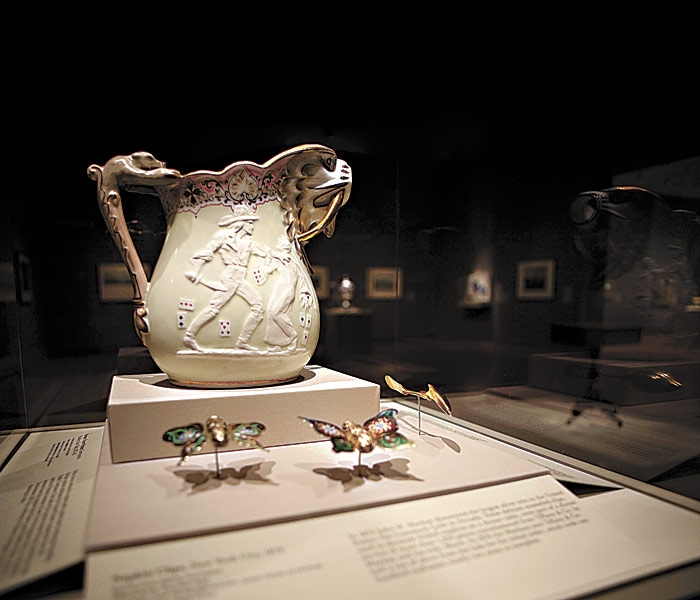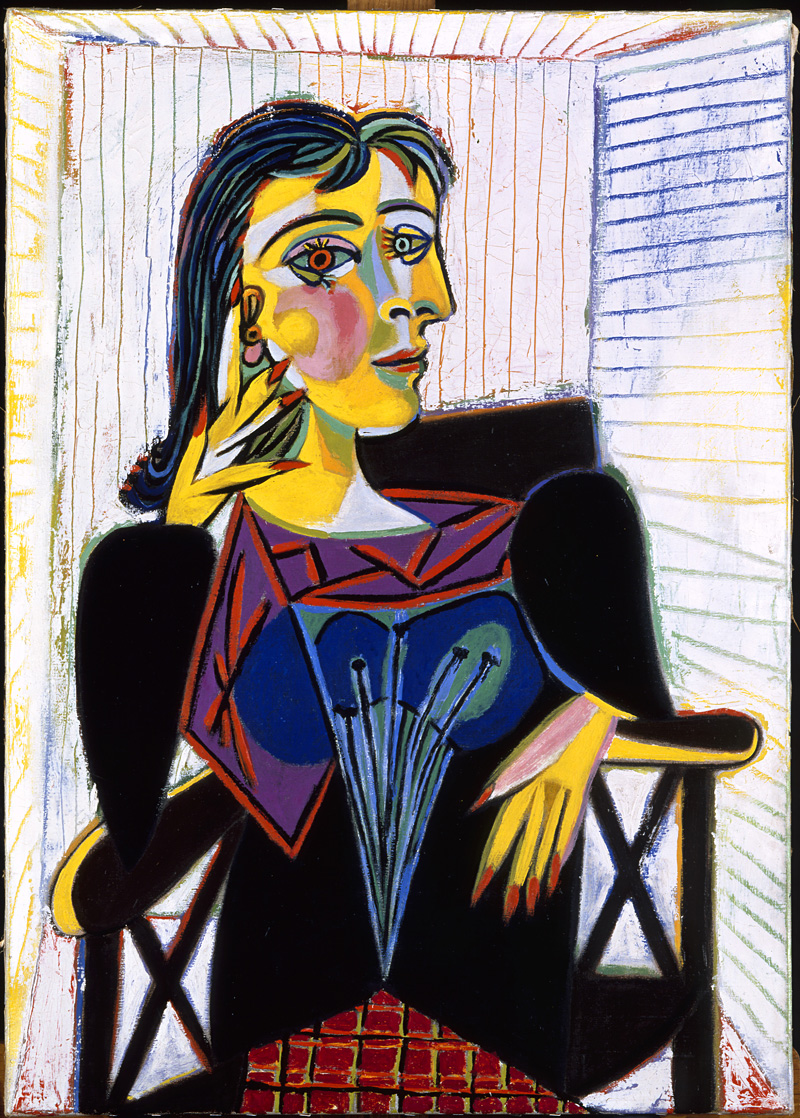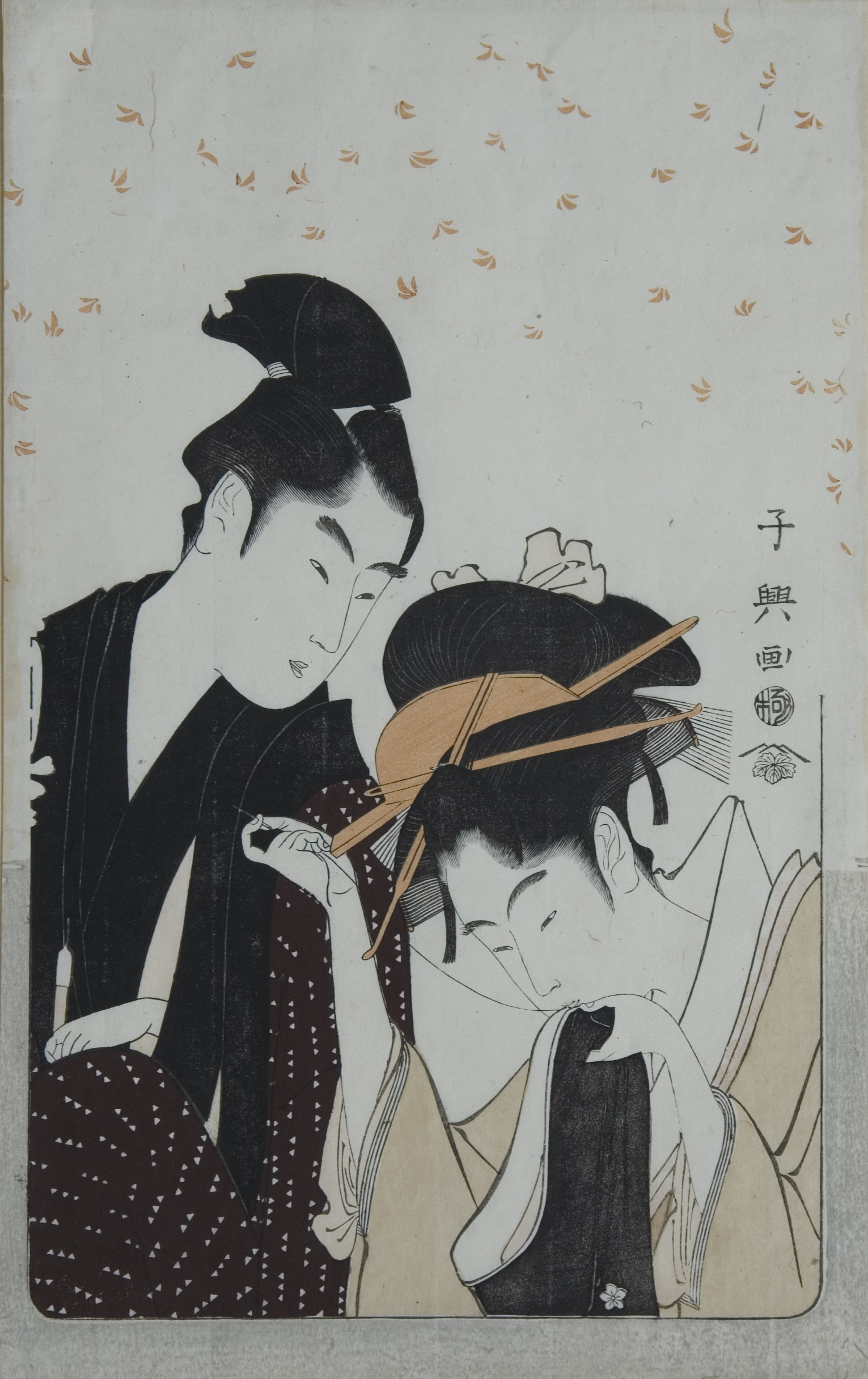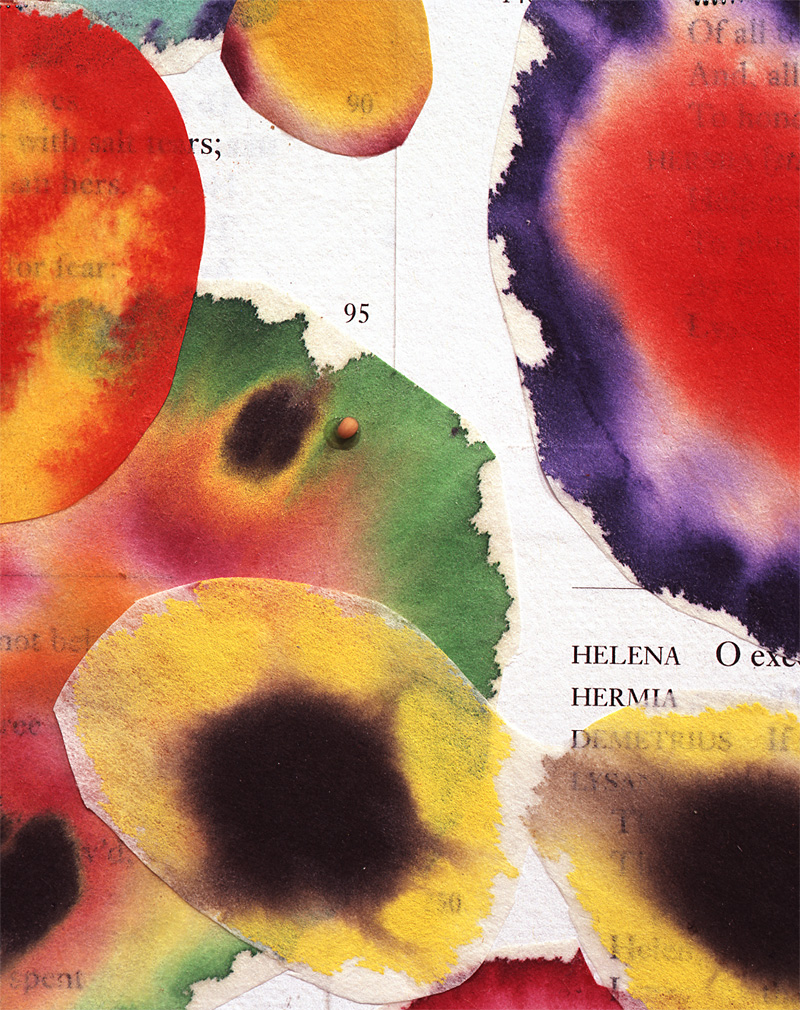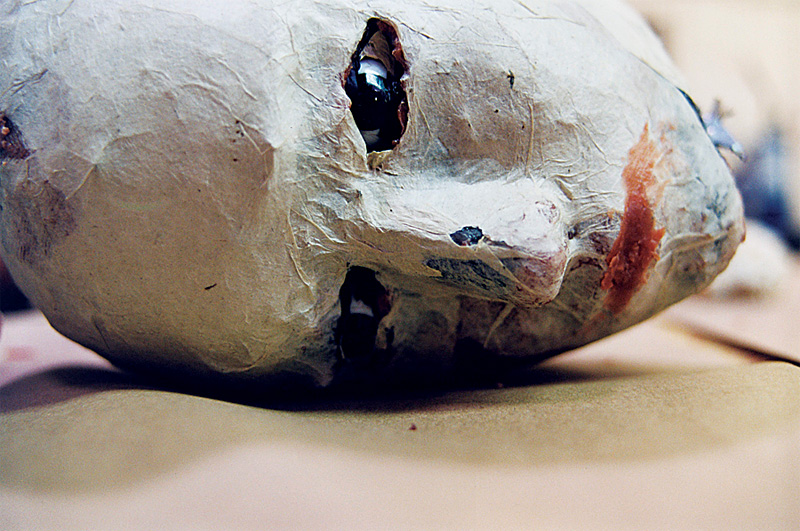Is “Life, Liberty and the Pursuit of Happiness” a parade of masterpieces you’d be crazy to miss in its last two weeks, or an outsized episode of Antiques Roadshow with delusions of grandeur? It’s both! These 275-plus works from the Yale University Art Gallery include a dozen or more bona fide masterpieces by artists like Homer, Bierstadt, and Eakins, making an unprecedented national tour (while their home gets renovated). There are also objects only a decorative-arts scholar could love: America’s oldest silver candlesticks, a Paul Revere teapot, a completely bizarre golden whistle/baby rattle.
But this trove of junk from the national attic turns out to be worth a mint, or at least a look. The show is like a walk through a beautifully illustrated textbook, with wall notes that are brilliantly informative. Even so, the exhibit can be confusing, structured by theme rather than strict chronology. The sections are so general (Expressions of Heritage, Citizenship and Democracy, Cultural and Material Aspirations) that they might as well have been billed as “Soup to Nuts 1, 2, and 3.” While trying to follow the curatorial thesis, I literally got lost, walking through the show in the wrong direction.
There are insights you can get from this hybrid historical/art-historical exhibition that you couldn’t get from an art-for-art’s-sake show. John Trumbull’s iconic Revolutionary War paintings are imprinted on you even if you haven’t seen them. The Death of General Mercer at the Battle of Princeton, January 3, 1777 is like a theater backdrop, full of posed soldiers swooning under fluttering flags. They’re dying histrionically, but their uniforms are mostly unstained; a bayoneted horse bent over like a question mark bears a discreet trickle of blood. Even though his scenes never actually happened the way he imagines—like his The Declaration of Independence, July 4, 1776—they still affect how we see ourselves.
I don’t connect with Trumbull’s esthetic (though his miniature portraits are quite sensitive). His mannered style does, however, force you to see what’s revolutionary about paintings like Thomas Eakins’ The Veteran (Portrait of George R. Reynolds) (probably 1885). Eakins’ Union Army soldier is an individual, not a type. His face conveys a Rembrandt-like introspection, the pensive psychological depth of war-weary rumination. He’s physically present in a way Trumbull’s heroes aren’t, but he’s lost in distant thought. We feel the weight of his curved shoulder, the force of his thousand-yard stare. The painting is about an internal state—something only the subject can see.
It’s also interesting to see how Winslow Homer captured the pulse of history without Trumbull’s thumping romanticism. Homer loved scenes with uncertain or implicit meanings, like the celebrated 1871 Old Mill (The Morning Bell), in which a girl crosses a bridge from a natural place to her job at a grim factory, unseen but about to engulf her. It emanates loneliness, sadness, foreboding, and the danger of early capitalism on the brink of the Panic of 1873 (not unlike 2009). His 1866 A Game of Croquet captures the happier life of the moneyed class, killing time with the trendy new game—a scene alive with Manet-like contrasts of light and shadow and the nearly abstract forms of the two stylishly-dressed ladies, who hear no work bells tolling them out of the sun and into the dark.
The less-than-masterpieces tell some fascinating stories, too, like an 1860s walking stick carved with African healing symbols, made by mixed-race slave Henry Gudgell for his former master’s friend, injured in the battle that won southwest Missouri for the slaveocracy. What a collision of American cultures this stick represents! You might think Gudgell would cudgel a Confederate soldier. Instead he made it possible for him to walk for the rest of his life, held up by African myths.
One object tells a local story: Heathen Chinee Pitcher, a bestseller in 1875–85, commemorates the Northwest frontier with a polar-bear handle, a walrus spout resembling a Chinese dragon, and a relief depicting frontiersman Bill Nye, from Bret Harte’s hit poem “The Heathen Chinee,” beating a pigtailed Chinese man who has cheated him at cards. Today we could rename this pitcher Bill Nye, the Racist Guy. But looking at it performs the feat that this whole show repeatedly does: It takes us back to another time and shows us who we are and how we got here.
